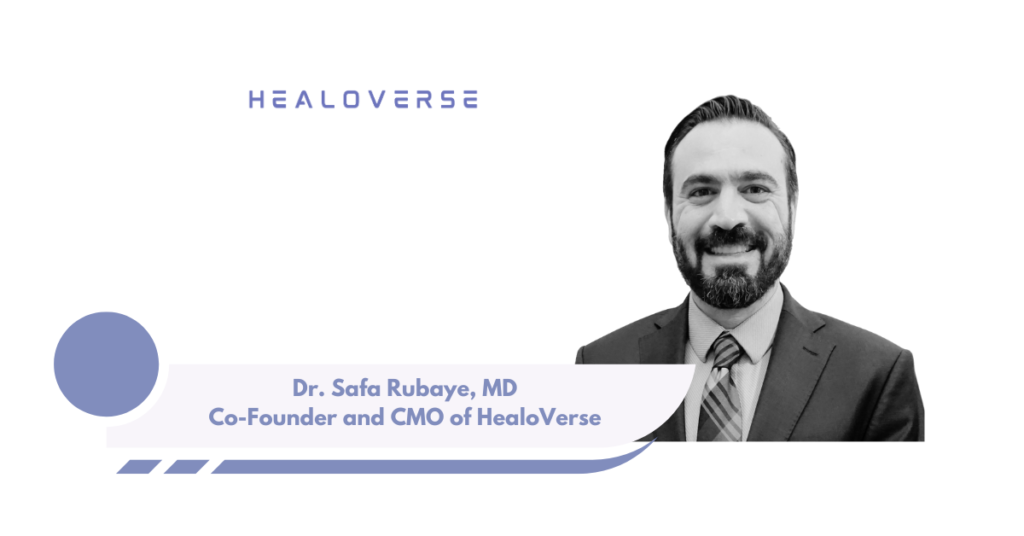Guilt tripping is a form of emotional manipulation where someone uses guilt to control another person’s actions or decisions. It often appears in personal relationships, family dynamics, and even workplaces, making it hard to detect at first. Over time, this tactic can harm self-esteem and create unhealthy patterns, sometimes requiring support or treatments like ketamine therapy to manage the emotional impact.
Common Signs of Guilt Tripping
Recognizing these signs can help you stop the cycle early and respond with clarity and confidence:
Passive-Aggressive Comments
Instead of directly stating their needs, guilt trippers make subtle remarks designed to provoke guilt. Statements like “I guess I’ll do it myself” or “Don’t worry, I’ll manage somehow” imply neglect and pressure you into action. This indirect communication forces you to read between the lines and feel responsible for their emotions.
Playing the Victim
Guilt trippers often portray themselves as unfairly treated or overlooked. Phrases like “After everything I’ve done for you, this is how I’m repaid?” are meant to create an emotional debt. By constantly presenting themselves as wronged, they manipulate others into giving in to avoid appearing ungrateful.
Bringing Up the Past
Old mistakes are repeatedly mentioned to justify current demands or complaints. For example, reminding you of a forgotten favor from years ago makes you feel obligated now. This tactic creates a cycle where you are never free from past errors and always “owe” them something.
Silent Treatment
Refusing to speak, withdrawing affection, or avoiding interaction is a common method to induce guilt. This behavior forces the other person to guess what went wrong and often compels them to apologize unnecessarily. It shifts the responsibility of repair onto you, even if you did nothing wrong.
Overemphasizing Sacrifices
They frequently remind you of their efforts or sacrifices to make you feel indebted. Statements like “I gave up so much for you” exaggerate what they’ve done to pressure you into compliance. This creates a power imbalance where you constantly feel like you owe them.
Why People Use Guilt Tripping
Understanding the root causes of guilt tripping can help you respond with empathy without giving in to manipulation:
- Insecurity and Fear of Rejection: They worry they’re not valued, so they use guilt to gain reassurance.
- Need for Control: It allows them to influence others’ decisions without confrontation.
- Avoiding Responsibility: By blaming others, they shift attention away from their shortcomings.
- Learned Behavior: Guilt tripping can stem from family dynamics or past relationships where this behavior was normalized.
Emotional Impact of Guilt Tripping
Long-term exposure to guilt tripping can deeply affect your mental and emotional health:
- It creates anxiety and constant self-doubt, making you second-guess every decision.
- Relationships become strained due to growing resentment and emotional fatigue.
- Over time, it lowers self-esteem and erodes your ability to set healthy boundaries.
- Chronic exposure can lead to burnout and even symptoms of depression if left unaddressed.
How to Respond to Guilt Tripping
Responding calmly and assertively is essential to protect your emotional well-being. These strategies can help:
Recognize the Pattern
Notice when guilt-inducing comments or behaviors occur regularly. Awareness is the first step in breaking free from manipulation. By identifying these patterns, you can separate your feelings from their intentions and respond more rationally.
Stay Calm and Don’t Overreact
Reacting emotionally often escalates the situation and fuels the guilt tripper’s control. Instead, take a deep breath and respond with composure. This approach prevents them from gaining power over your emotions.
Set Clear Boundaries
Communicate what behaviors are unacceptable and establish limits firmly. Saying something like, “I understand you’re upset, but bringing up the past isn’t productive,” can help maintain your stance while remaining respectful.
Use “I” Statements
Express your feelings in a way that avoids blame but makes your stance clear. For example, “I feel uncomfortable when old mistakes are brought up repeatedly,” helps shift focus to your experience rather than attacking theirs.
Offer Empathy Without Compliance
Acknowledge their feelings, but do not give in to unreasonable demands. Saying “I see that you’re upset, but I cannot do this for you right now” allows you to stay compassionate without compromising your boundaries.
Limit Exposure if Necessary
In toxic or abusive situations, consider reducing interaction or seeking outside help. Sometimes, protecting your mental health means stepping back from the relationship entirely.
Treatment Options for Guilt and Emotional Manipulation
For some, guilt tripping leads to deep-rooted anxiety, depression, or trauma responses that require more than simple boundary-setting. Modern therapies, including ketamine treatment, are showing promising results for those struggling with chronic emotional pain.
How Ketamine Therapy Helps
- Rapid Relief from Anxiety and Depression: Ketamine can significantly reduce feelings of guilt, shame, and hopelessness within hours to days, rather than weeks.
- Neuroplasticity and Cognitive Reset: It helps rewire negative thought patterns, allowing individuals to break free from cycles of rumination and self-blame.
- Support for Trauma-Related Guilt: People with a history of emotional abuse or guilt-based manipulation often experience relief from long-standing emotional scars.
- Integration with Counseling or VR Therapy: When paired with therapeutic approaches like guided VR sessions or talk therapy, ketamine enhances emotional processing and resilience.
Innovative Care with HealoVerse
At HealoVerse, we combine ketamine therapy with AI-guided virtual reality sessions for a deeply personalized approach to healing. This integrative method not only addresses the chemical imbalances linked to anxiety and guilt but also helps retrain the brain in real time through immersive, therapeutic experiences. Continuous clinical support ensures that treatment is safe, effective, and tailored to your progress.



